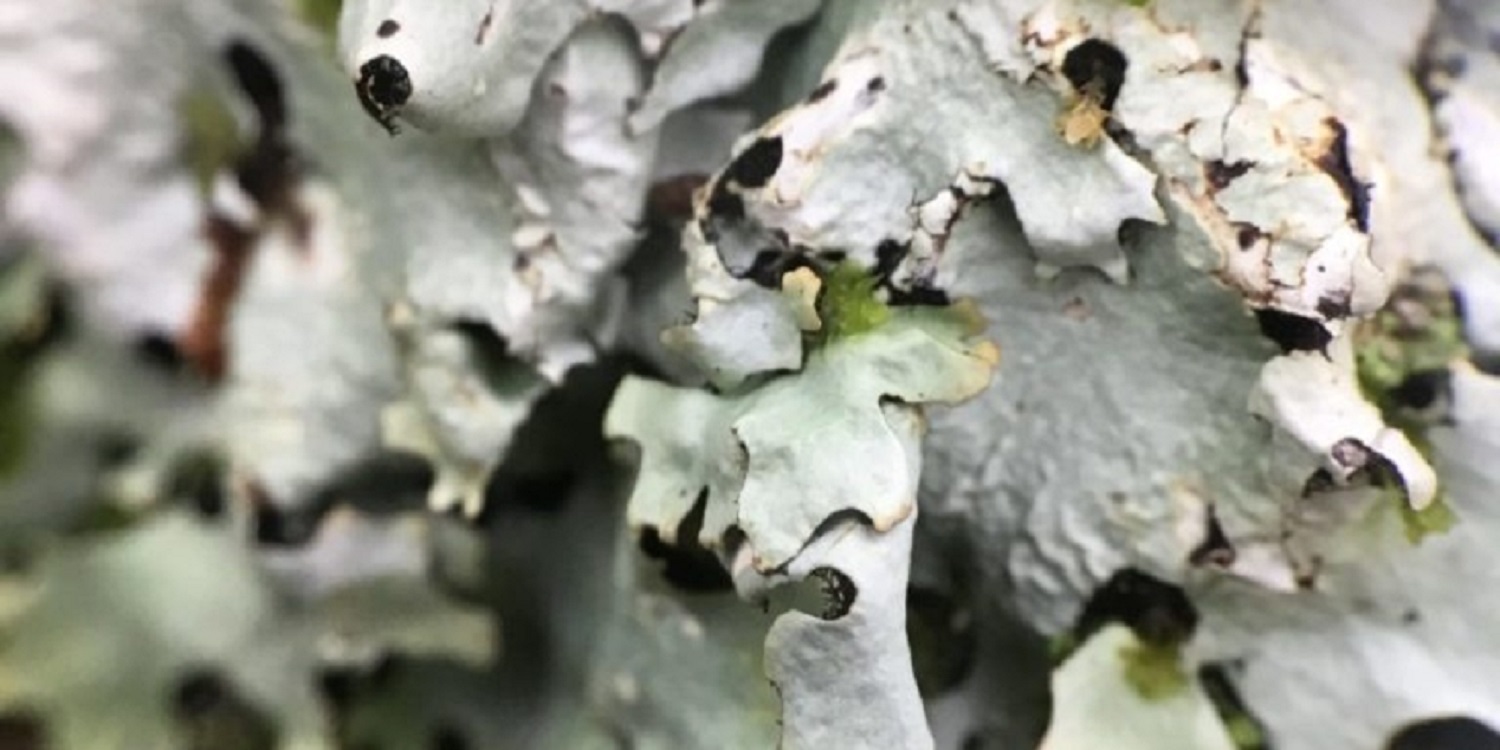
Lichens have a certain reputation…
I recall a book when I first started out with lichens, where the publisher had printed the cover photo upside down, and this image has travelled with me, reminding me over the years of the reputation that lichens have for being ‘difficult’. In fact, I prefer the term fascinating. It is true that many seemingly basic questions about them are still unanswered, and every year when I teach, I get to say “I don’t know!” and try to tempt another student into a realm of open questions. The Darwin Tree of Life (DToL) – which ambitiously aims to sequence the genome of all 70-thousand kinds of life across Britain & Ireland – has offered a window into this realm, by proposing to sequence the genomes of a trial set of lichens, with their tangle of genomes. Lichen bodies, minimally, are built of a dominant lichen fungus, which builds the structural body of the hold-in-your-hand-ecosystem, plus cells from a separate kingdom of life formed of algal or bacterial cells providing its internal food source. That is two genomes to untangle, but we also expect an additional potentially complex community of other unseen microbial life including other co-habiting fungi and bacteria. DToL must build and test the analytical pipelines required for these complex samples.
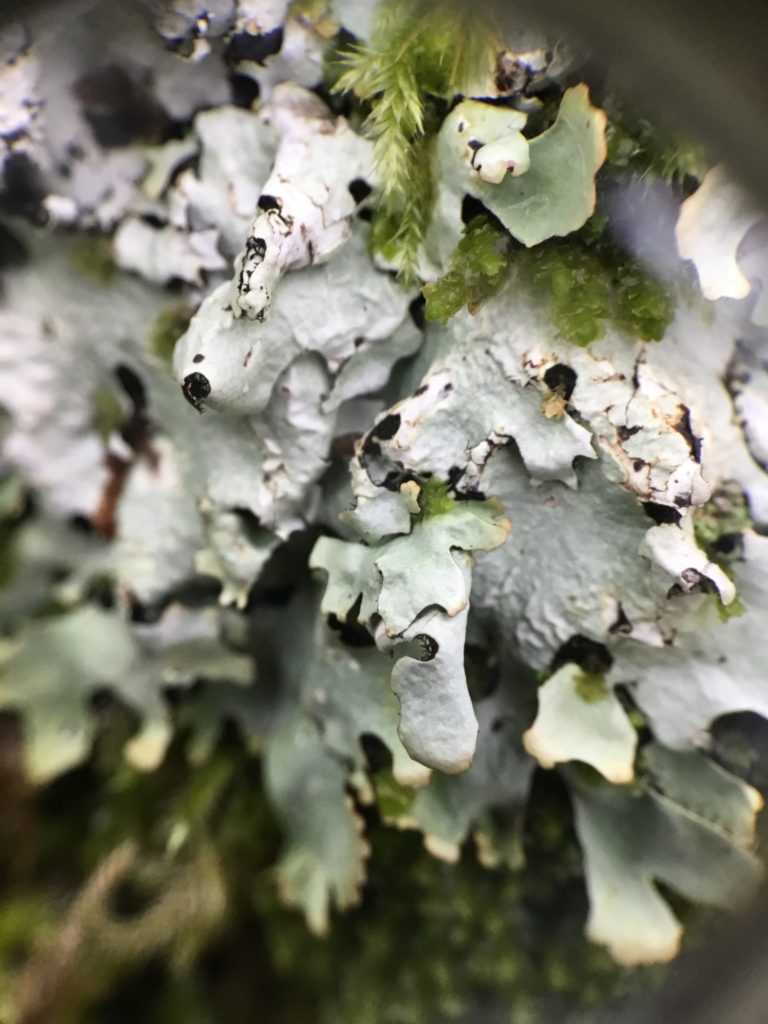
Let’s consider the epiphytes that decorate the trees in our most iconic and internationally important habitat: Scottish Rainforest. These woodlands are a temperate version of rainforest, not too warm, not too cold, but almost always moist, and they are defined by their decorations, not by their trees: the handful of tree species present are adorned by hundreds of species of lichens, mosses and liverworts, and many of them are both internationally imperilled but locally abundant in Scotland. And in a lucky twist of fate, many of the rainforest lichens are also physically large, so making good test subjects to work with at the start of the project.
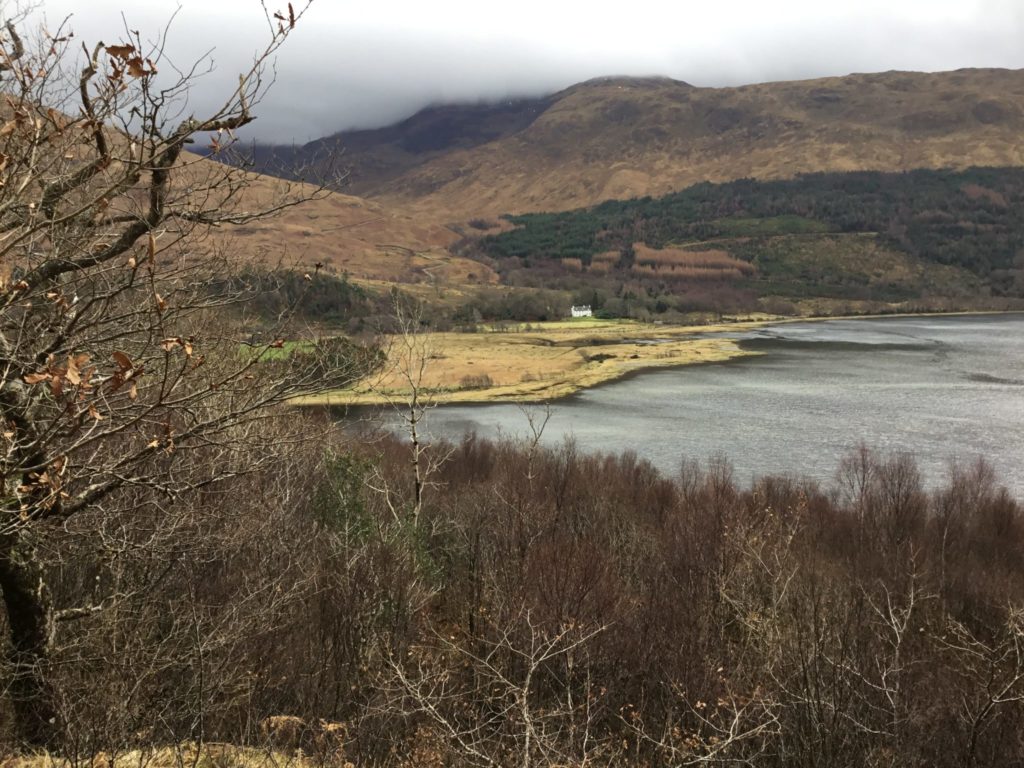
With Covid-era risk assessments complete and the blessing of NatureScot and permission to sample lichens for the project from the beautiful Glasdrum National Nature Reserve, I drove out north of Oban, to the heart of Scotland’s rainforest zone. Glasdrum has that magical quality of open gladed woodland, with copses of hazel tucked along tiny streams, surrounded by squelchy soil, and with a history of having been wooded for centuries – perfect for rich development of the iconic lichen communities so rare in the rest of Europe. As is usual for fieldwork, I keep to myself (I get to eat all the emergency rations in case of a problem), fieldbook, GPS and paper packets in hand. This time, I also brought along a microscope to process samples in the field straight into special preservatives: the enormous case containing liquid nitrogen and vials of special solutions to protect those precious, living cellular instructions we hope to unlock.
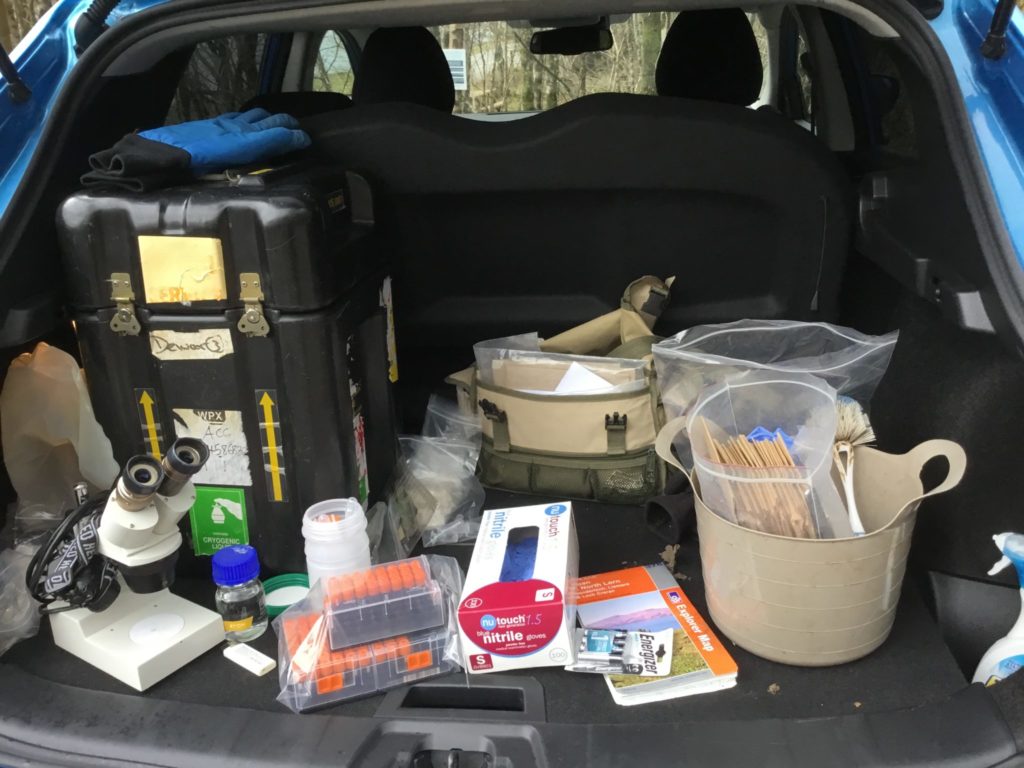
True to form, it rained. All the way out, and all the way back – but the first tranche of lichens are safely preserved, ready to ship down to the Sanger Institute, where the sequences will be unravelled and those data pipelines will be tested to their limits! Not difficult, but fascinating.
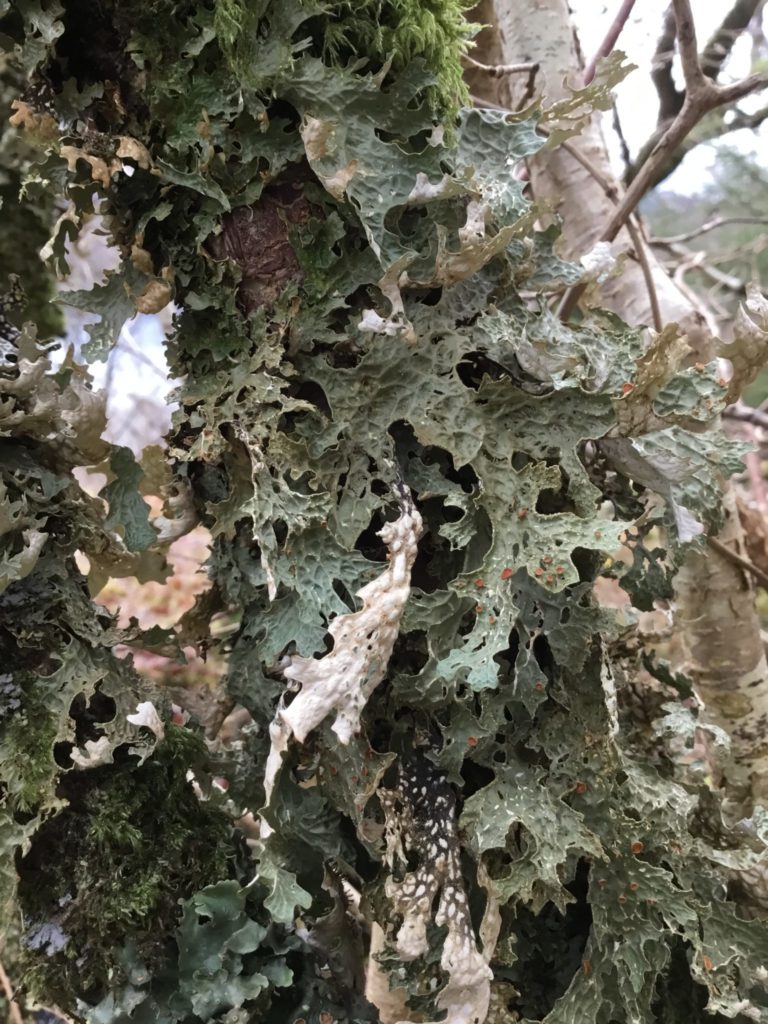
Rebecca Yahr is the Lichen Biodiversity Scientist at the Royal Botanical Garden Edinburgh.
